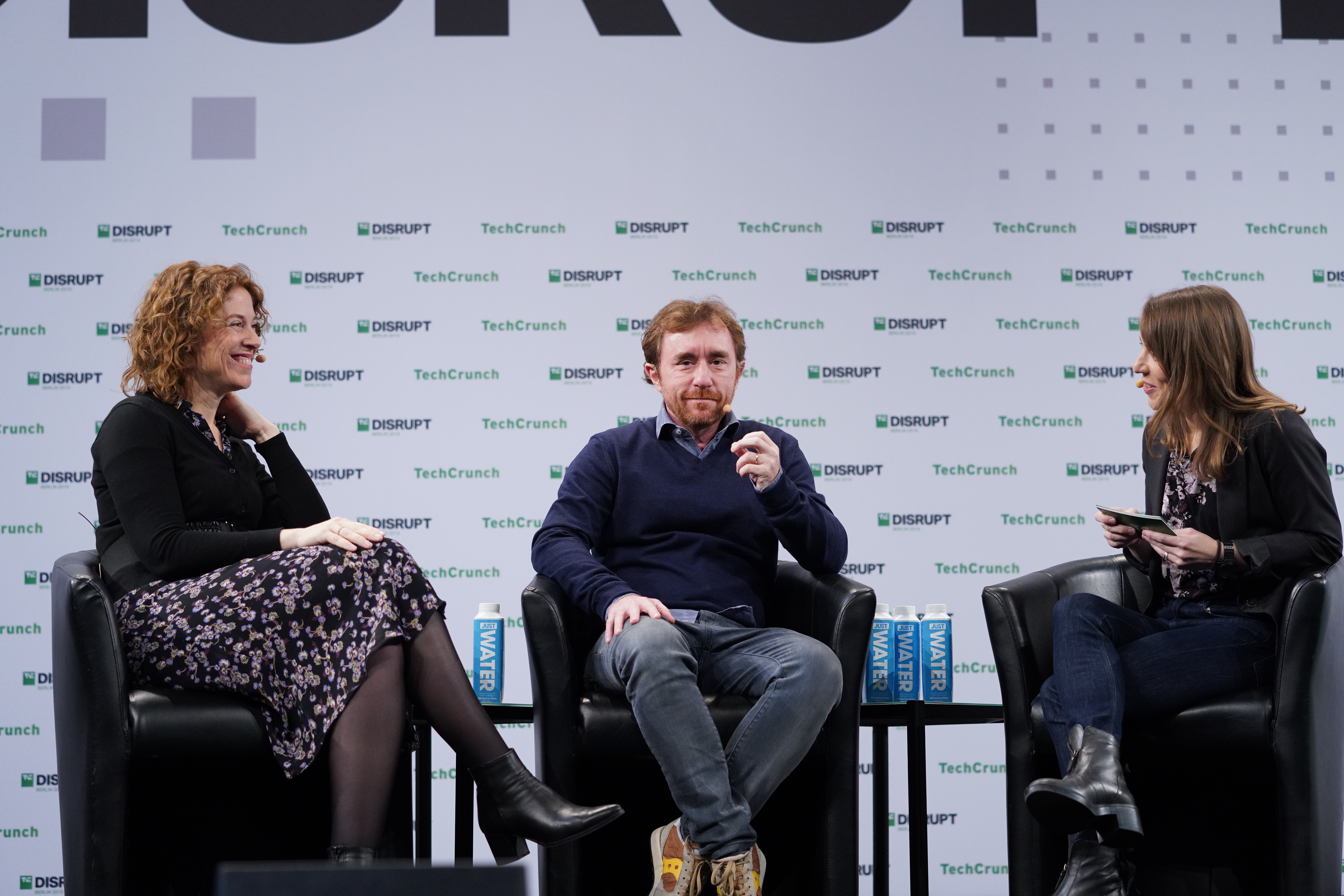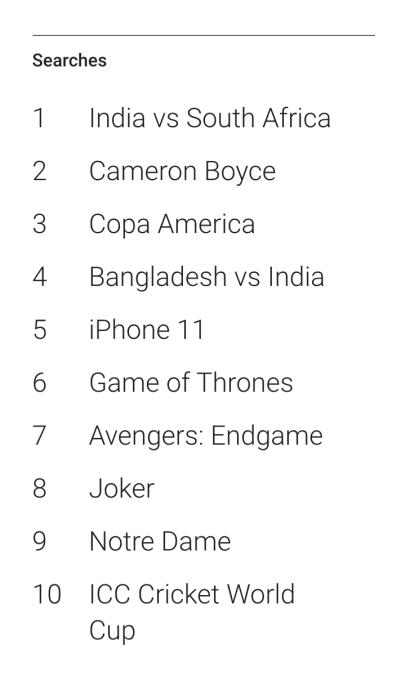Today, on stage at TechCrunch Berlin, four of Atomico’s most senior partners took the stage together for the first time, flying into the city from London, Stockholm, and Geneva to talk about a wide range of issues. Among the many things we discussed were direct listings, secondary investments, and the firm’s sweet spot, which, despite its global reach, largely remains on pan-European companies and largely startups needing Series A stage funding, to which Atomico typically writes checks of between $5 million and $15 million in exchange for an ownership stake of between 15 to 20 percent.
We also spent some time talking about the changing complexion of investors in Europe, where pension funds contributed just $902 million of the roughly $13 billion that investment firms in Europe raised last year, according to Atomico’s own research — and we discussed why more money came from outside of Europe to fund regional startups than within it.
We’re zooming in out that part of the conversation for readers; if you missed our discussion and would like to check out other parts of it, you can find it below.
TC: It was surprising to read in your recent state of European tech report that pension funds don’t account for more of the money being raised by venture firms, that much more of the funding continues to come from family offices and high net-worth individuals. Is the problem structural? Is it cultural?
HT: I think the world is waking up to the fact that European venture has comparative performance today with U.S. venture returns. There’s research in that area that’s relatively authoritative in that area.
As a function that yes you’re right [that this an issue]. Pension funds in Europe have roughly $4 trillion under management, but a billion dollars [invested last year in venture firms] is a three-fold increase from the year before, so it is material. But as you say, if you think about the $4 trillion that they are managing, it could probably be put to good use deploying capital into venture capital funds that are looking to change the world in a positive way, because that is what impacts the pensioners who are behind that capital. [So] hopefully we’ll continue to see that trend because there’s more to do there.
TC: Also interesting from your report is the fact that $13 billion from European VCs has been plugged into startups over the last year, which means two-thirds is coming from somewhere else. Where?
SK: This is the way it should be. The companies that that we think should be coming from Europe — a lot of the ones we look to back — are by ambition global companies, And being global also means having investors from other regions, so it’s not a bad thing. I don’t think we should be as investors saying, ‘Well, the funding has to all come from here.’ I think it’s a sign of success that European companies are getting investments from Chinese investors, from U.S. investors, which is really what’s happening.
HT: The universe of tech is expanding to involve many industries, so what’s naturally happening is that a lot of different types of venture capital, strategic, corporate, and individual [investors are] all getting involved in what is actually happening. I think that a reflection of where tech is going well, and has been going for the several years if not decades.
TC: Are you seeing more money specifically coming from China because of the ongoing trade war between the coutry and the U.S.?
SR: There’s an interesting point there, which is that [for] certain kinds of companies, particularly a lot of frontier, deep tech companies that are considered sensitive. Europe is kind of neutral ground, so we can get customers from the U.S., customers from China, and there are examples like Graphcore, one of our portfolio companies, where you know this is tech that is not [saddled] with restrictions that might come with some ongoing spat, and that’s an advantage for us.
TC: In the US, over the last 10 or 15, years, far more money from the Middle East sovereign wealth funds has come into the US, raised by venture firms. Given that some of these regions don’t exactly have unimpeachable human rights records, there’s a lot of debate in the U.S. about whether or not founders and VCs should be taking theirmoney. Do European startups care? Do European venture capital firms care?
HS: I think so, not only [do they care] about what they’re doing in terms of what you know impact to the world, but what type of capital they are choosing, And more people who are becoming founders and entrepreneurs are clearly sensitive, and the people who are tackling big missions and big problems are clearly sensitive in terms of alignment with their investors. And I think that is something that will continue to be a trend that we see with the matching of the type of capital, the investor, and the entrepreneur. I think that will definitely be a continuing trend that we see.
SR: We’re very selective with our [own] LPs. A lot of our LPs are pension funds, which is a really nice virtuous cycle. The pensioners are doing well off of the investment performance that we’re working hard to deliver. And then the founders can feel good about the fact that in many cases, you know, the majority of money may be [from] pensioners.
TC: Your LPs are mostly pension funds? And family offices? And mainly European investors?
SR: I don’t have the stats at hand but I’d say mainly European, yeah.




